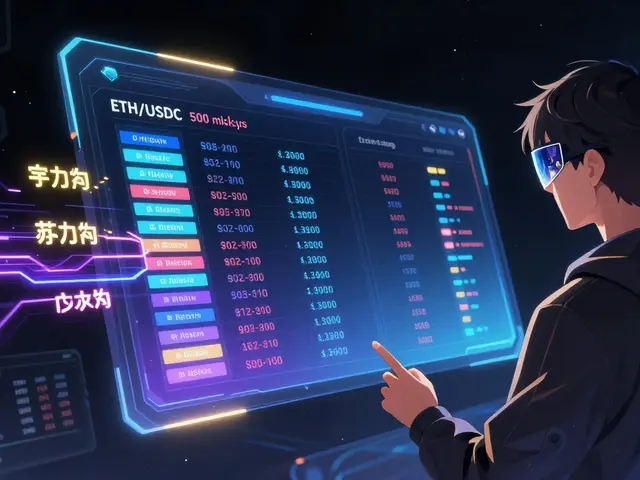Blockchain Infrastructure: Foundations, Tools & Trends
When working with blockchain infrastructure, the set of hardware, software, protocols and services that keep a blockchain network running, store data and process transactions. Also known as distributed ledger infrastructure, it powers everything from crypto payments to NFT marketplaces.
One of the hottest ways to tap into this layer is Blockchain-as-a-Service (BaaS), a cloud‑based offering that lets developers deploy smart contracts without managing nodes. BaaS reduces setup time, handles scaling and often bundles analytics tools. Another key piece is the cross‑chain bridge, a protocol that moves assets between separate blockchains while preserving security guarantees. Bridges make isolated networks talk to each other, unlocking liquidity that would otherwise sit locked in silos.
Beyond moving tokens, you need a safe place to keep digital collectibles. decentralized NFT storage, services built on IPFS, Filecoin or Arweave that store metadata and media off‑chain yet remain immutable is the go‑to solution for creators who want permanence without a single point of failure. Meanwhile, the rise of composable DeFi, a design pattern that links interchangeable smart contracts like Lego bricks shows how infrastructure can enable rapid innovation, letting developers stack lending, swapping and yield modules on the same backbone.
These entities don’t exist in isolation. blockchain infrastructure encompasses BaaS platforms, which in turn depend on reliable node providers and secure networking. Cross‑chain bridges require robust consensus and fraud proofs that live on the same underlying infrastructure. Decentralized NFT storage leverages the same peer‑to‑peer network that powers transaction validation, while composable DeFi builds on standardized token interfaces defined by the infrastructure layer.
Understanding how these pieces fit together helps you choose the right tools. If you’re a developer looking to launch a new dApp, BaaS can get you off the ground in days rather than weeks. For traders seeking arbitrage opportunities, bridges open a world of cross‑chain price differentials. Artists and collectors will appreciate decentralized storage for its tamper‑proof guarantees, and investors eyeing modular finance products will benefit from composable designs that reduce code risk.
Security is a common thread across all these topics. Double‑spending attacks, 51% attacks and bridge exploits all target weaknesses in the underlying infrastructure. That’s why many posts on our site dive deep into mitigation strategies, from formal verification of smart contracts to multi‑signature guardians for bridge governance.
Regulatory pressure also shapes infrastructure choices. Global KYC rules affect how BaaS providers onboard users, while cross‑border payment solutions must align with AML standards. Keeping an eye on compliance trends ensures your projects stay viable as laws evolve.
Ready to dig deeper? Below you’ll find practical guides, reviews and step‑by‑step tutorials covering everything from setting up a BaaS environment to securing a cross‑chain bridge, protecting NFT assets and building composable DeFi applications. Each article breaks down complex concepts into clear actions you can take today.
Browse the collection to find the exact insight you need, whether you’re building, trading or just staying informed about the backbone of modern crypto ecosystems.
How DePIN Projects Work: A Guide to Decentralized Physical Infrastructure Networks
Learn how DePIN projects combine blockchain, smart contracts, and token incentives to build community‑owned infrastructure like wireless networks, solar grids, and storage platforms.












